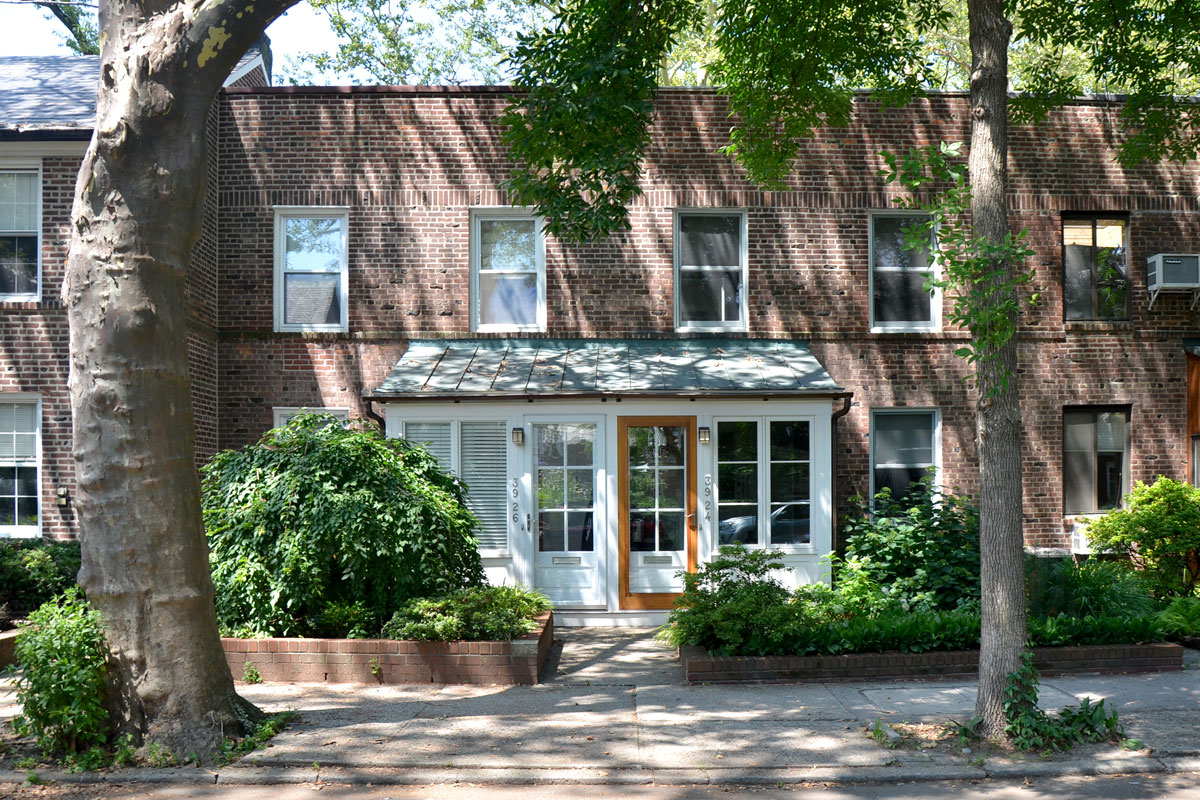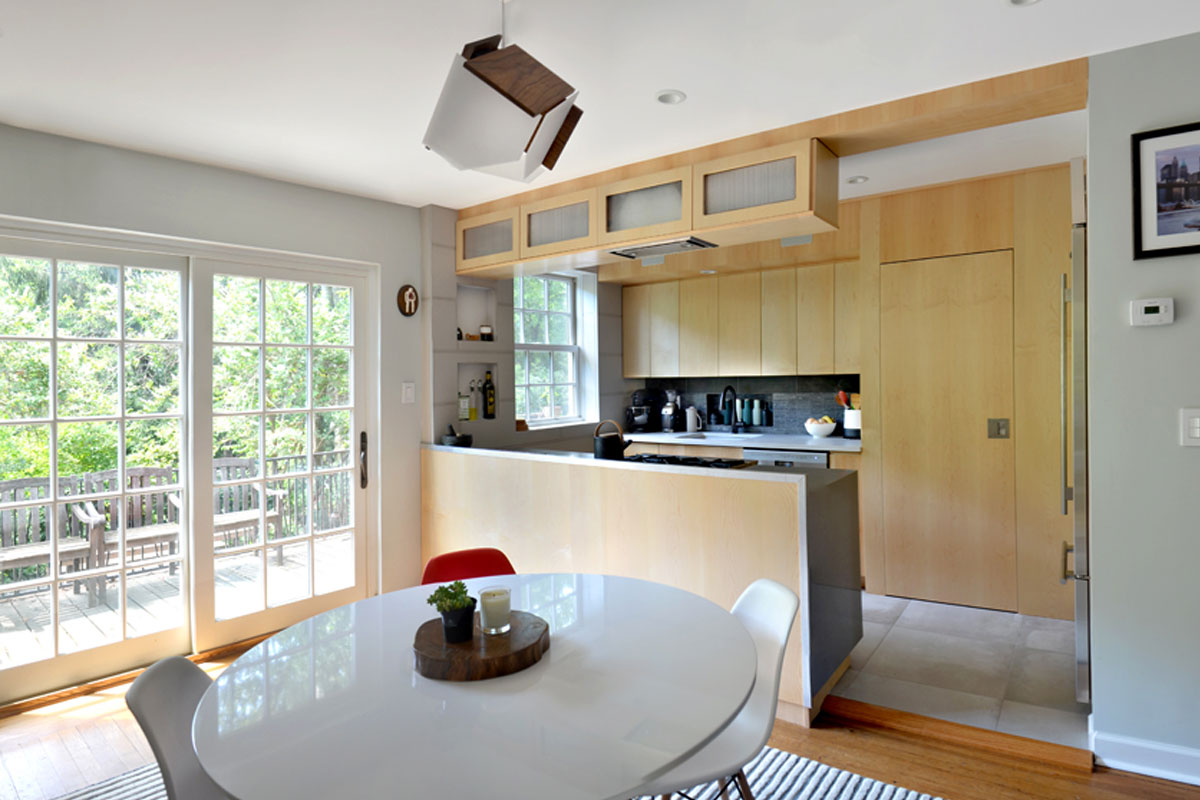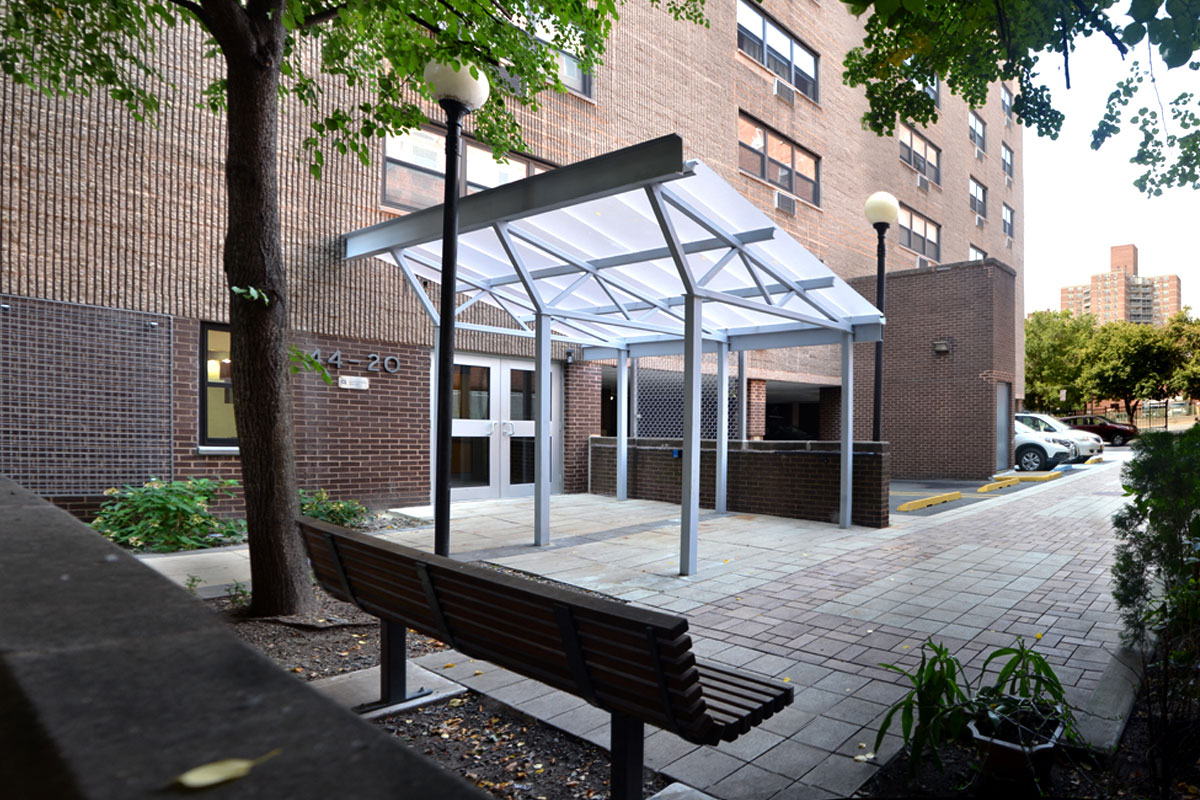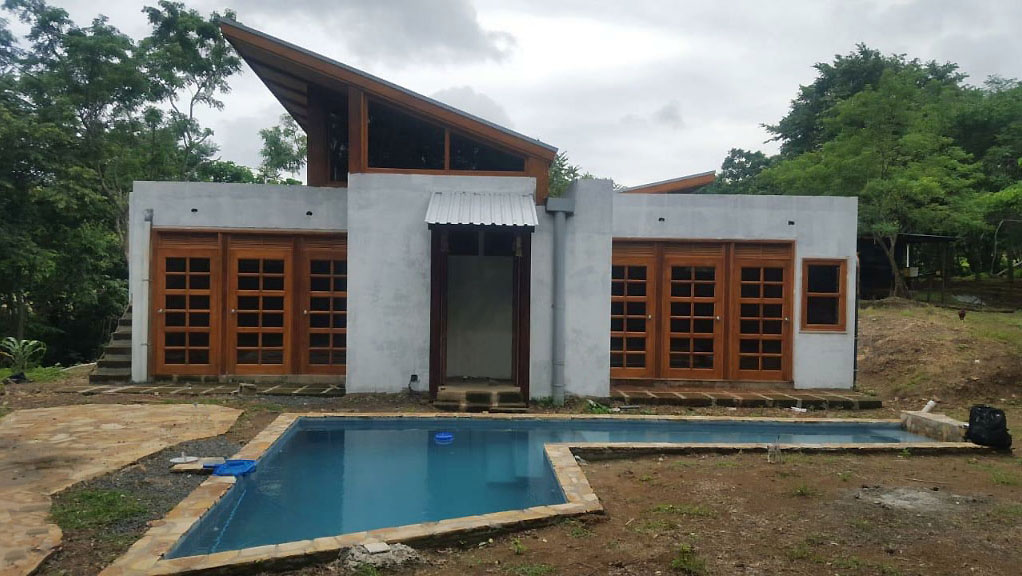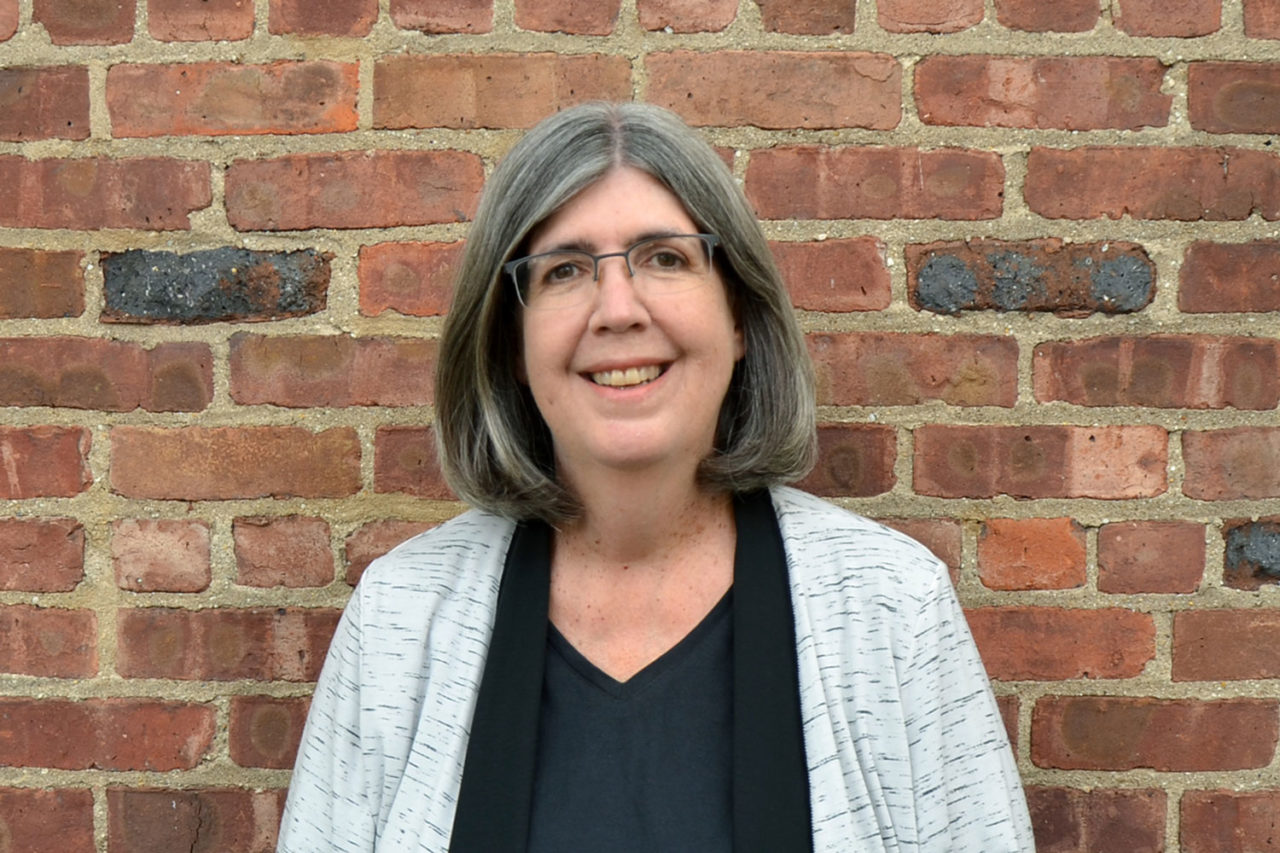by: AIA New York
Laura Heim, FAIA, has restored more than 30 properties in the Sunnyside Gardens neighborhood of Queens, where she established her 100 percent woman-owned practice, Laura Heim Architect, in 2006. Heim works to support restored sustainable communities by advancing restoration standards and sensitively inserting contemporary design into the existing historic fabric. She has set the standard for restoration in this international exemplar of affordable housing, and has highlighted the importance of preserving planned communities through presentations before local, state, and national audiences, including visiting international architects and planners.
This year, the Jury of Fellows of the AIA elevated Heim to its prestigious College of Fellows in the second category of Fellowship, which recognizes architects who work “To advance the science and art of planning and building by advancing the standards of architectural education, training, and practice,” according to the organization’s definition. Now among the AIA membership’s three percent distinguished with Fellowship and honorary Fellowship, Heim was recognized at the New Fellows Reception hosted by AIA New York and at the AIA Conference on Architecture in New York City.
Q: What is your proudest achievement as an architect?
A: I have been fortunate to have worked on high-profile projects ranging in scale from the Dulles Metro extension in Northern Virginia to the meticulous restoration of the NYS Capitol Assembly Spaces in Albany, but I am most proud of my efforts in the past 12 years in restoring homes in the Sunnyside Gardens Historic District through advocacy, research, and my own architectural practice. By inserting contemporary design into these modest row houses, I have set a higher standard for the incremental revitalization of this planned community of national and international importance.
Q: What is your earliest memory of experiencing architecture?
A: Growing up in Northern Virginia, I was interested in drawing and painting but was also gifted in math. I transferred into the School of Architecture at the University of Virginia in my second year. My first studio professor, Mario Valmarano, led a summer program in Vicenza. I came home after that first semester determined that if I was going to be an architect, I had to go to Vicenza. I had never been on an airplane and worked two jobs to afford the trip. The Northern Italian villas and gardens were a revelation, my earliest real experience of the power of architecture.
Q: What is influencing your work the most right now?
A: My current challenge is bringing my experience and perspective to restoration efforts in moderate and low income communities in New York, building upon the solid and functional while inserting quality design and sustainability. I am now working on publicly-funded projects to restore residential and commercial properties in Jamaica, Queens and Brownsville, Brooklyn, upgrading abandoned houses and inserting new storefronts into chaotic shopping strips to encourage a charming shopping experience through clear signage, lighting and display. Establishing design standards to improve the quality of life in these revitalizing areas will have a striking impact on regenerating a sense of community.
Q: What are you working on right now, or what is your next big project?
A: Since the eco-friendly guest house I designed in Nicaragua is nearing completion, I would say the design of my new office is the biggest project and the one with the most profound impact on my practice. We purchased a building on charming Skillman Avenue at the edge of Sunnyside Gardens with an 1100sf ground floor and cellar and two apartments rented above. A new custom glass storefront connects the office with the street and opens the office to the neighborhood. The new office features space for lectures and exhibits with the idea of promoting quality design in Queens and beyond.
Q: What does being a Fellow mean to you?
A: The process of fellowship encouraged me to reflect on my past and plan for the future, bringing into focus the structure and themes of my varied, non-linear career. The opportunity to share my accomplishments with my references has been extremely gratifying, as each contributed so much in so many different ways to my professional development. I intend to continue to grow and contribute to the profession. I am especially honored in that my elevation recognizes the contribution to the profession of small firms and highlights the importance of good design for projects in all communities.
Editors’ Note: This feature is part of a series celebrating the 28 members of the American Institute of Architects (AIA) New York Chapter that have been elevated to the AIA College of Fellows in 2018, an honor awarded to members who have made significant contributions to both the profession and society. Learn more about Fellowship here.








